Transitioning to early chapter books has got to be a rocky time for a kid. She has just gotten comfortable with the format of beginning reader books, which have space underneath the sentences to run her finger under the words. As she grows in skill and confidence, she goes from reading one sentence per page to five, but the basic format stays the same. Then the adults tell her she is ready for chapter books and they toss her a book just chock-full of sentences and few pictures. No fair.
I have a special fondness for this stage because neither of my girls were stellar readers. They’ve been just about average in learning to read, and I think that has been helpful for me in getting a sense in what children can read at what stage.
My oldest (now nine and a great reader) stumbled through beginning readers for the first part of first grade making very little progress. One day I told her if we finished a lesson book we were working on, and she read to me this one short chapter book, that I would take her to Build-A-Bear (her sister had gone without her to a party, and the oldest was jealous). The kid flew through the lessons and the chapter book, and we were bringing home our own expensive, clothed bear in no time. I had to convince her teacher to retest her because she couldn’t believe my daughter had jumped like five levels in a month. For her, there was the “click factor.” When she spoke as a baby, it was the same way. A few words, and then one day she just got it. “Oh, everything has a name!” Her favorite phrase after that clicked in was “What dat?” accompanied by a point.
My youngest (now seven) is still working her way through beginning readers in first grade. I haven’t gotten a click factor for her, and I’m not sure that I will. Her baby language learning was much more gradual, hampered by the fact that she was sure she was talking. She spoke long phrases with intonation, gestures — they just happened to be complete gobbledygook.
My oldest spoke in precise statements. “Juice. Now.” My youngest spoke in tongues. “Bah ba dah ba deee babble juice ces to gee haa haa baar now.” Which we supposed meant, “If you don’t mind, I would like some juice. And if it is at all convenient to you, I would like it now.”
Having these experiences with two daughters makes me look at early chapter books with them in mind. The typeface must be large enough and with enough space underneath to run a finger under the words if the child needs to do so. The language needs to be simple enough to follow, but hold some challenge. The storyline can’t be too complicated, because the child’s focus is on the reading. They can, at this stage, listen to more complicated stories, but I don’t think they are ready to read them. On the other hand, it would be nice if the story was somewhat engaging. I think series are good for this stage because the child doesn’t have to get used to whole new characters while they are reading, and children at this age still love repetition. Most people know about the three great starter series, Magic Tree House, Junie B. Jones, and The Secrets of Droon, but a lot more has been coming out recently that I will review in the next few weeks. Let’s start with the new Angelina Ballerina chapter books out called Angelina’s Diary and the question burning in my mind. Who are these books intended for?
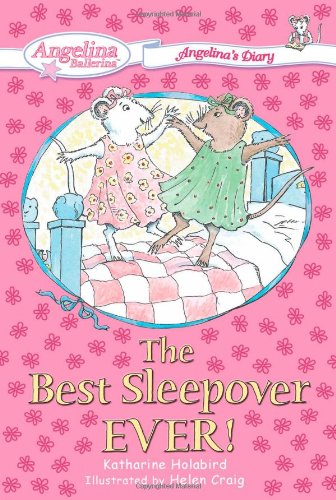 Angelina Ballerina is primarily a preschool thing, with her cutesy picture books and fluffy tutus. I can’t imagine many second- and third-graders would be interested in reading about her, yet that seems to be the reading level of these books. It may be a British thing, but the typeface is smaller than what you would find in the beginning chapter books I have come to know. They seem like they would be pretty hard even for an advanced first grader.
Angelina Ballerina is primarily a preschool thing, with her cutesy picture books and fluffy tutus. I can’t imagine many second- and third-graders would be interested in reading about her, yet that seems to be the reading level of these books. It may be a British thing, but the typeface is smaller than what you would find in the beginning chapter books I have come to know. They seem like they would be pretty hard even for an advanced first grader. So, you are a seven- or eight-year-old girl reading these books. Your love for ballet has overridden your need to abandon this cloyishly sweet character. Might it then annoy you the number of ballet mistakes made in this book? It may be a mouse thing, but why are all the mice en pointe (on their toes) when girls in ballet won’t do that until they are ten? How is it that the seemingly young mice are invited to perform for the princess? Are there no professional ballerina mice? How is it that Angelina spends years practicing for the strength, balance, and technique required in ballet, but she teaches it to the princess in one afternoon? Why, even, do they practice in tutus instead of standard leotards?
And if the reading level is too high for the girls who are interested in this book, do the publishers really expect me to read pages of this drivel to my younger child? I mean, I’ll read her a five-minute picture book of Angelina, but come on — you ask too much.

















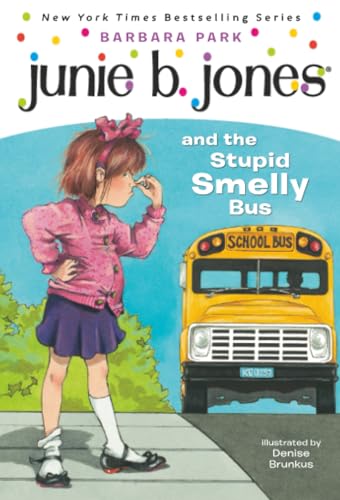



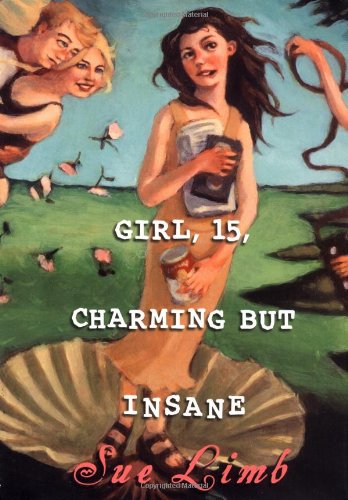
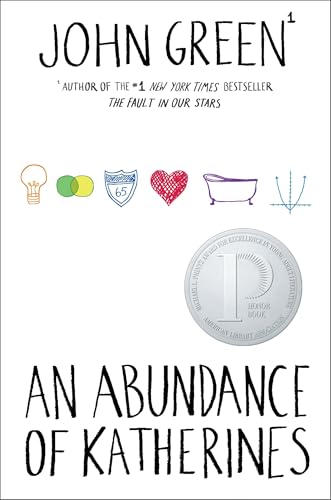
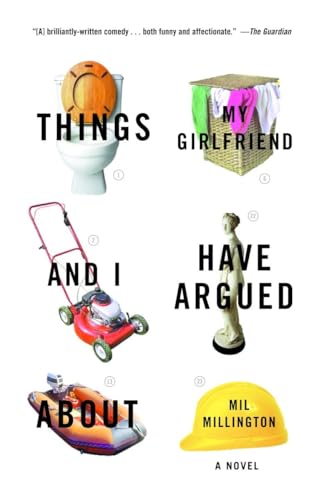
1 comment:
Thanks for an interesting post! I particularly enjoyed your ideas of what an early chapter book ought to have, and not have. You might check out the Gregor the Overlander series at some point. They're nice and wide-spaced. Also, Jenny Nimmo's Charlie Bone books are actually printed double-spaced, to make them easier for kids to read. Anyway, thanks for a great article!
Post a Comment